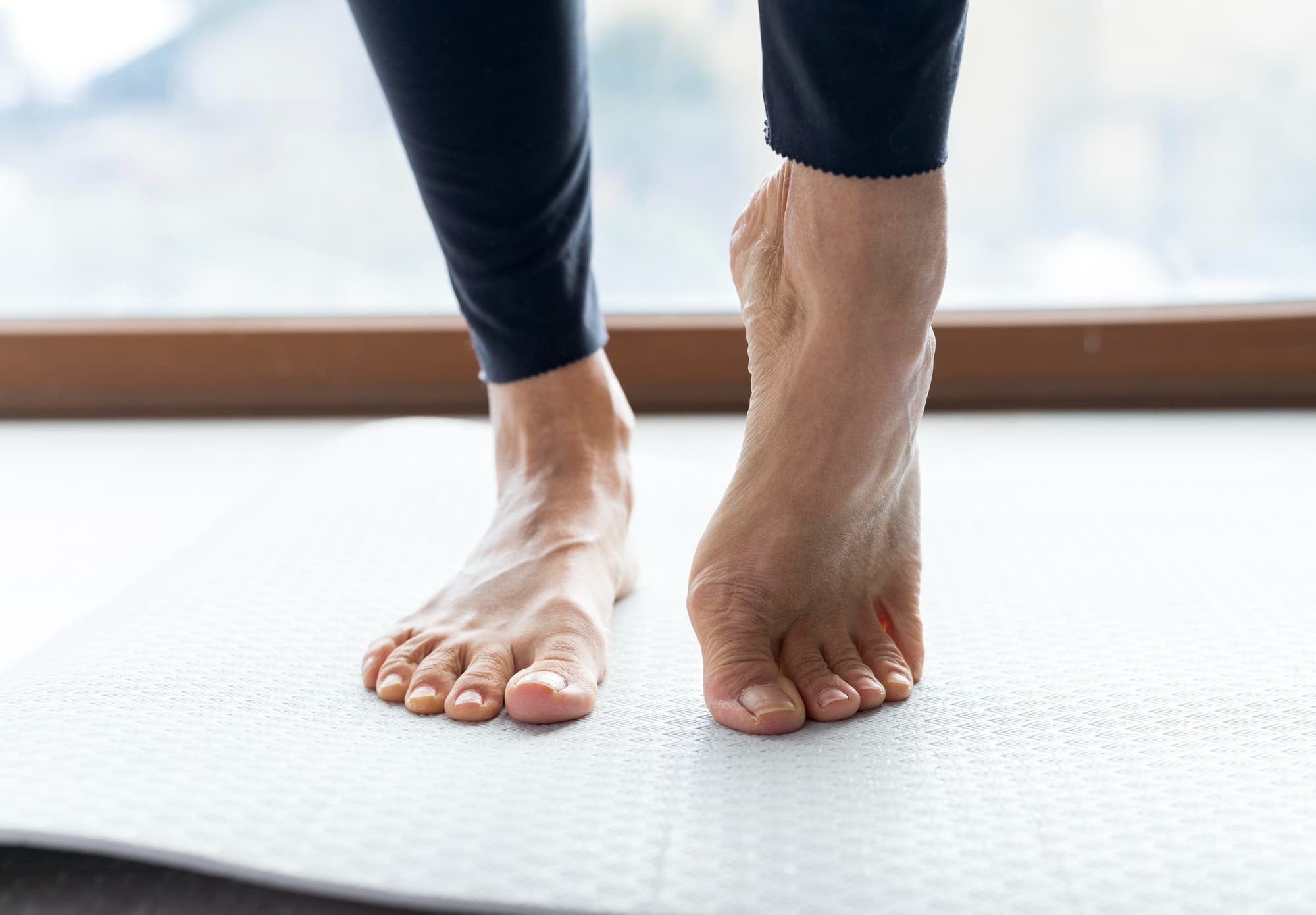Oct 06, 2025
How to Handle and Prevent Bunion Pain: Expert Tips and Solutions

THIS WEBSITE DOES NOT PROVIDE MEDICAL ADVICE. The content included on this website is for informational and educational purposes only. Always consult with your healthcare provider regarding any medical condition and before starting any healthcare or medication regimen.
Understanding Bunions
Bunions, or hallux valgus, are bony protrusions that develop at the joint of the big toe. They form when the big toe pushes against the adjacent toe, causing the joint to stick out and enlarge. This condition can result in pain, inflammation, and difficulty finding comfortable footwear.
Discover the best prices on medications and get access to free instant savings coupons for your local pharmacy using our prescription discount card. No insurance or sign-up is necessary.
Causes of Bunions
Several factors contribute to the formation of bunions, including:
Genetics: A family history of bunions increases the likelihood of developing them.
Foot Structure: Flat feet, high arches, or imbalanced foot mechanics can lead to bunions.
Improper Footwear: High heels, tight shoes, or narrow-toed footwear can put excessive pressure on the toes.
Medical Conditions: Arthritis and other inflammatory joint diseases may contribute to bunion formation.
Symptoms of Bunions
Common symptoms include:
A noticeable bump on the side of the foot.
Swelling, redness, or soreness around the big toe joint.
Restricted movement or stiffness in the big toe.
Corns or calluses from overlapping toes.
Preventing Bunion Pain
While not all bunions can be prevented, you can take proactive steps to reduce discomfort and slow progression:
Choose Proper Footwear: Wear shoes with a wide toe box, low heels, and cushioned soles.
Use Bunion Pads or Splints: These can provide relief by redistributing pressure.
Maintain a Healthy Weight: Reducing body weight decreases stress on the feet.
Foot Exercises: Toe stretches, curls, and resistance exercises improve foot strength and flexibility.
Managing Bunion Pain
If a bunion develops, there are several ways to manage the discomfort:
Modify Footwear: Choose shoes with ample toe space and soft padding.
Orthotic Inserts: Custom or over-the-counter orthotics can help realign foot mechanics.
Pain Relief Medication: Nonsteroidal anti-inflammatory drugs (NSAIDs) like ibuprofen can reduce pain and swelling.
Ice Therapy: Applying ice packs for 15-20 minutes can help with inflammation.
Physical Therapy: Strengthening and stretching the foot muscles may alleviate symptoms.
When to Consider Medical Treatment
If non-surgical treatments fail, medical intervention may be necessary:
Corticosteroid Injections: These can temporarily reduce inflammation and pain.
Surgical Options: In severe cases, surgery (bunionectomy) may be required to realign the toe joint.
Conclusion
Bunions can be painful and affect daily activities, but with the right preventive and management strategies, you can maintain foot health and reduce discomfort. Always consult a healthcare provider for a personalized treatment plan.
For those seeking affordable medications for pain relief, consider using a prescription discount card to save on costs.
Frequently Asked Questions (FAQ)
Can bunions be reversed without surgery?
Non-surgical treatments can relieve symptoms and slow progression, but surgery is the only way to correct a bunion permanently.
Are bunions hereditary?
Yes, genetics can play a role in the development of bunions. If bunions run in your family, you may be at a higher risk.
Do high heels cause bunions?
High heels and narrow-toed shoes can contribute to bunion formation by increasing pressure on the toe joint.
When should I see a doctor about my bunion?
If you experience persistent pain, difficulty walking, or if the bunion affects daily activities, consult a healthcare provider.
Can bunions develop in children?
Yes, bunions can develop in children, often due to inherited foot structure. Early intervention may help prevent worsening.
